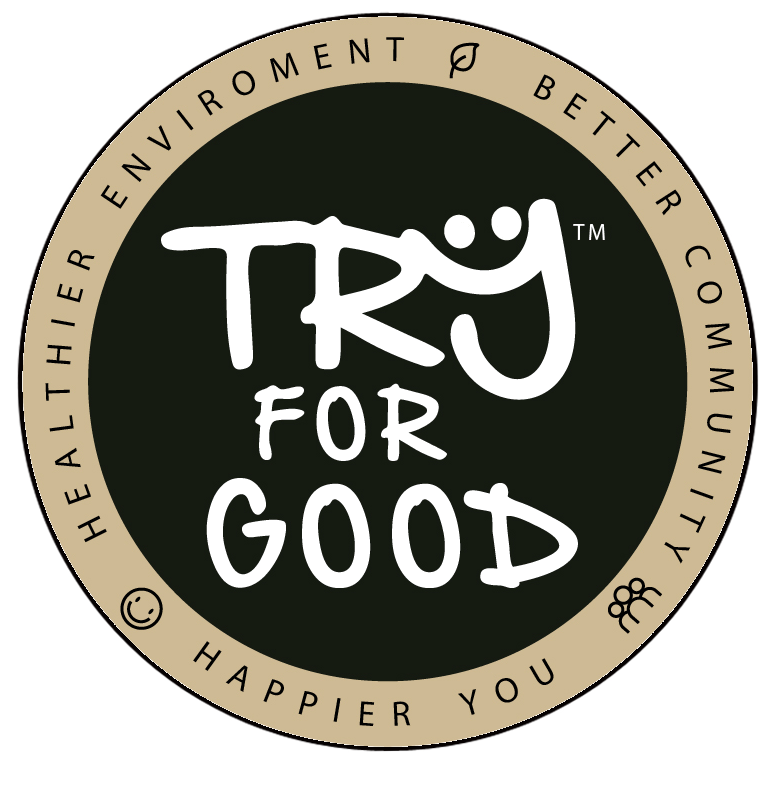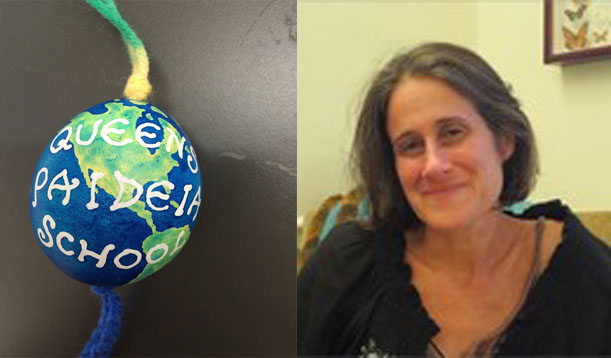Kids are like clay, which get molded as you shape them. Parents, teachers, and society all play a significant role in the development of children. The way the kids perceive, learn, imagine and think builds a society in future. Karyn Slutsky, Assistant Director at Queens Paideia School (QPS), New York shares with Anju (TFG), how her school focuses on holistic development of a child. Besides the hand-picked staff and bringing individualized attention to students through a low student-teacher ratio, QPS appreciates children for who they are as people, and not just as students. The staff helps them identify their creative potential while modeling and inculcating important social skills and messages, including the importance of environmental preservation.
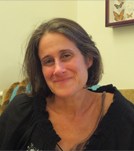
Karyn Slutsky- Assistant Director, QPS
Anju: How strongly do you feel about incorporating education on environment and its conservation at school?
Karyn: Environmental stewardship is a 21st-century concern, one that will require the application of 21st-century skills, like problem solving, collaboration, and communication. We have no choice: we must educate our students about the natural world and environmental interdependence, and our disproportionate power to make or break it.
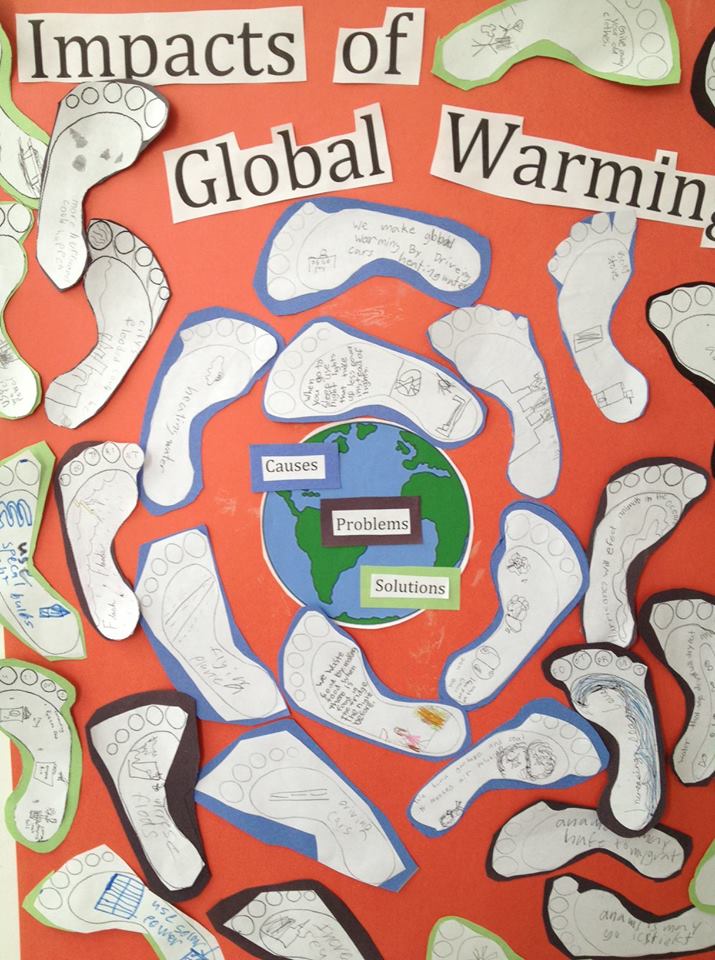
Anju: Do you have any curriculum/subjects on Environment Science and Conservation? Or are they communicated through Art/ events/ extra-curricular activities?
Karyn: We have tied Environmental Science and Conservation with our overall program. We run other environmentally themed STEM (science technology engineering math) electives (once a week classes). A more recent derivative is STEAM, which is the same as STEM but with arts incorporated.
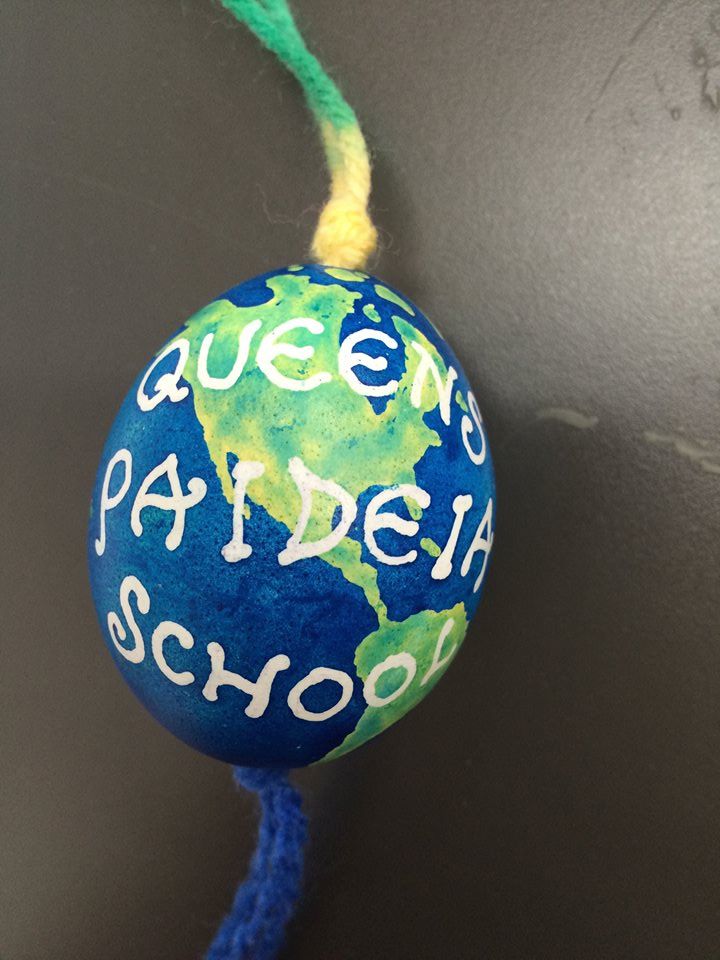
We have active participation not only from our students, but also from their parents. Most of our craft supplies are donated by parents. Once their kids hit certain ages and they get tired of housing piles and bins of unused craft supplies, they bring them to school.
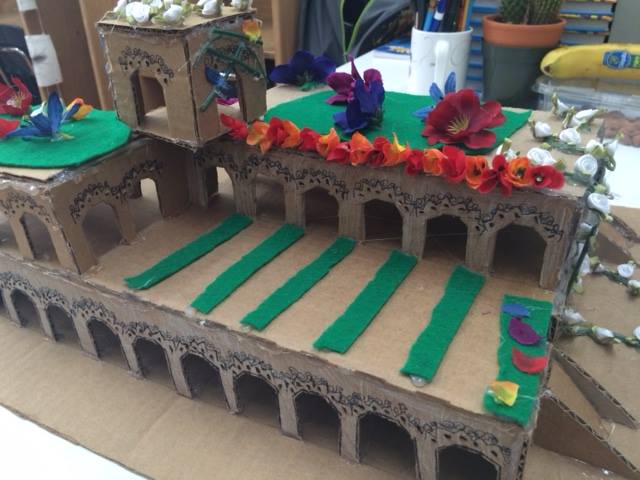
Kids at QPS, NY re-using packaging material in projects
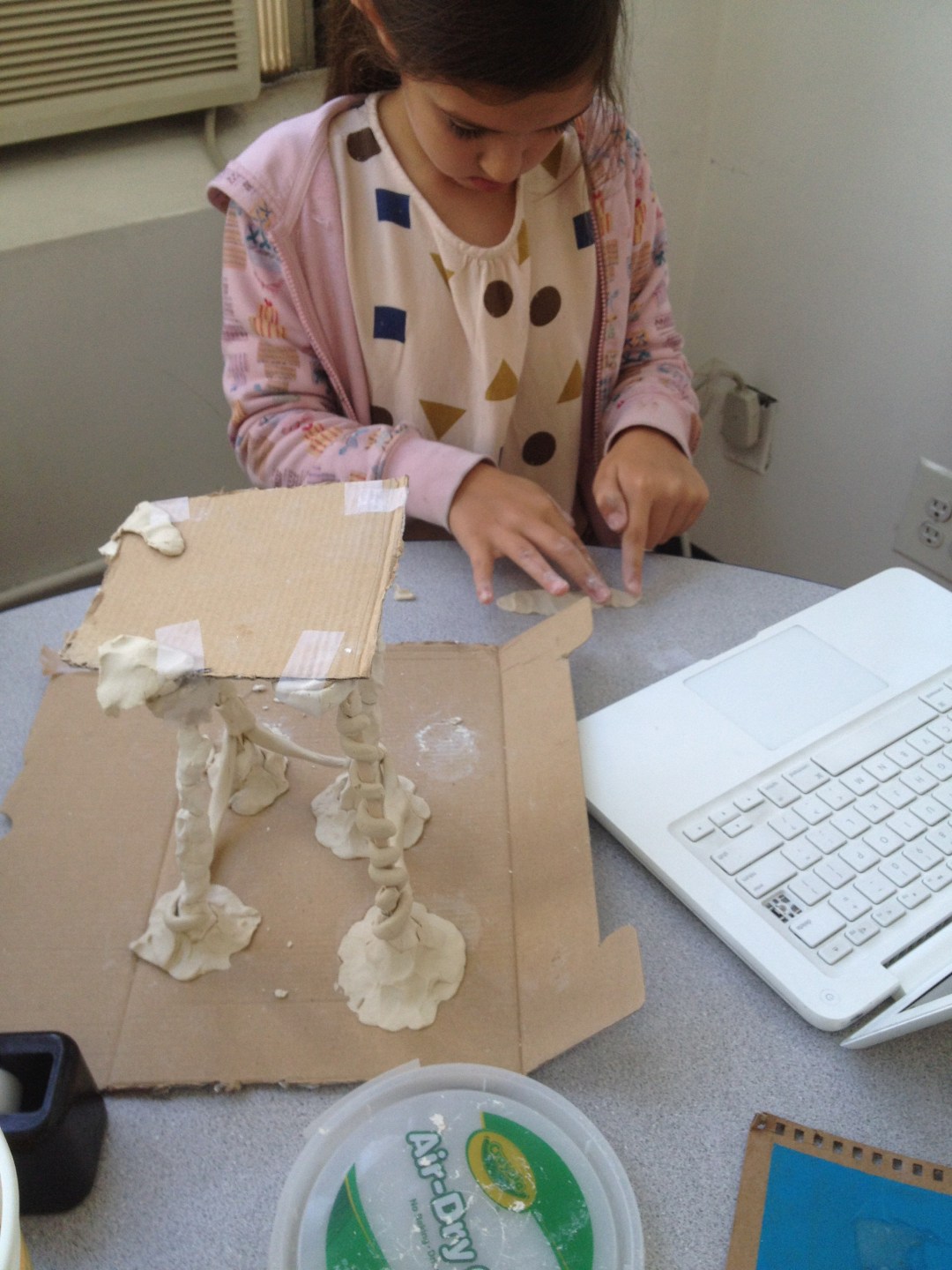
We also have a weekly elective whereby parents bring in old electronic devices that the kids “dismember” and then put back together to make work! It is kind of exciting to see young engineers at work.
Many of our art projects are based on sustainability; we create collage and sculpture from found objects.
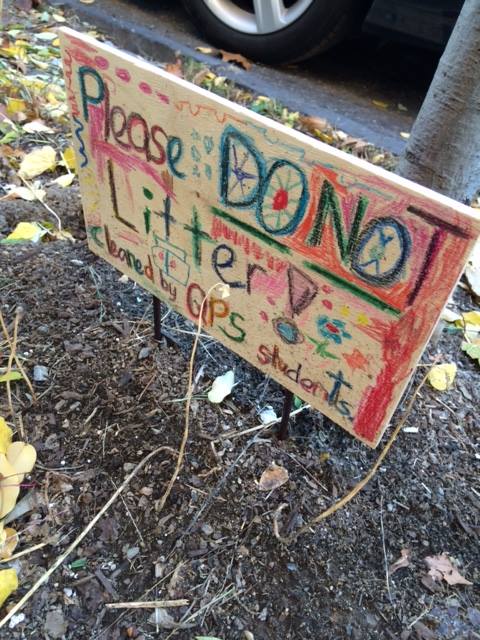
Last year we had a community gathering for a park clean-up and to plant bulbs. Many of our parents and students showed up for this event, so we know the interest is there. We try to get our students out on field trips through which they make contact with nature and conservation measures. It’s hard, with the weather and our goals for academic work completion, but it’s always on our mind. 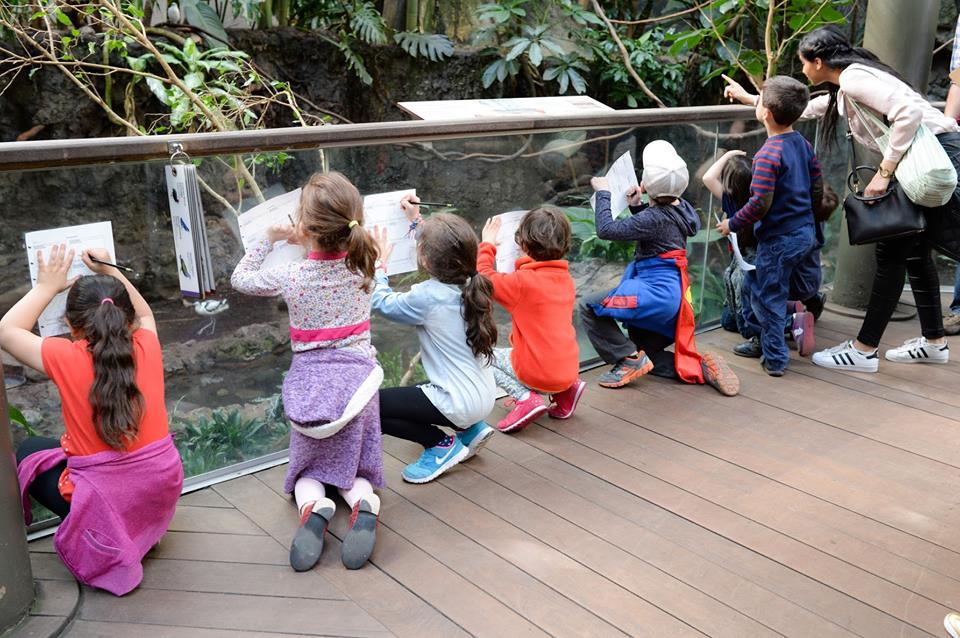
Anju: Is there any particular initiative/ project that the school kids/ teachers took towards environment conservation/ sustainability which you would like to share?
Karyn: This year, some of our students built an indoor irrigation system—best we can do in NYC—for which they used math (area, volume, rate) to make the standard agriculture model more efficient (less area, resources needed) by going vertical in existing spaces that are not otherwise utilized….vertical farming by a large window.
Starting next year, we will have a composting initiative, whereby compostable materials (mainly from students’ lunches) are collected, put in our freezer, and transported to compost sites weekly by our parents.
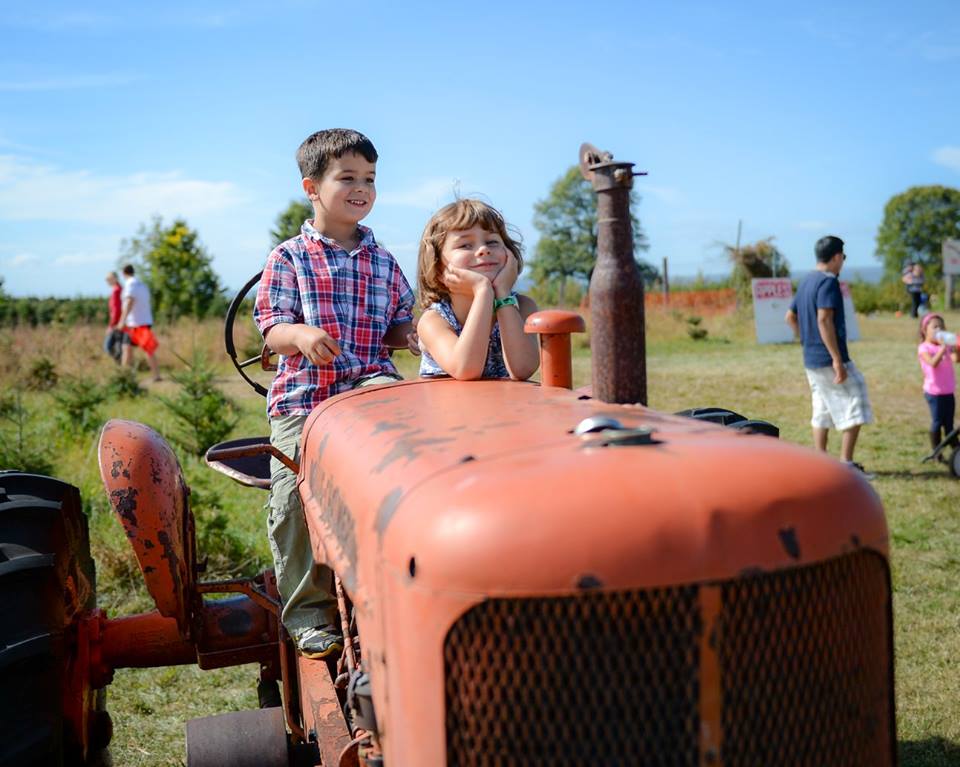
Anju: This all must be quite interesting and engaging for kids, but the road must not be that easy. Any issues that you face in particular?
Karyn: One problem for us is being housed in a building that recycles to the bare minimum—what is essentially required by NYC regulations. So we recycle as much as we can, including collecting paper to recycle at our homes. It’s tedious, but NYC is not super enlightened in this regard.
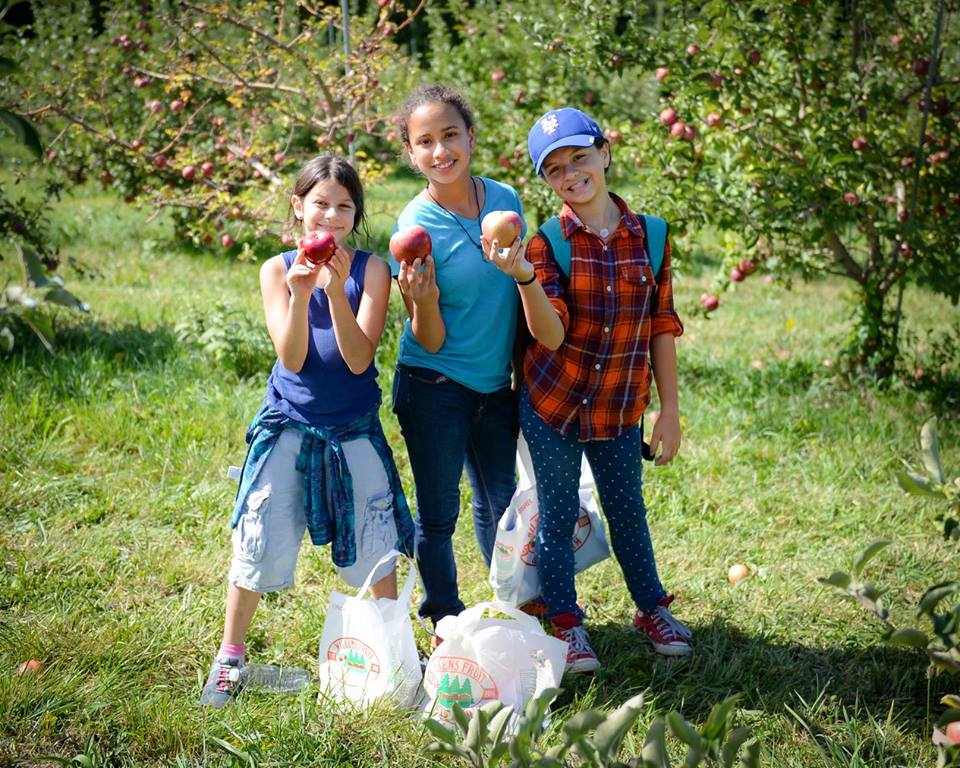
Kids on a field trip QPS, NY
